Index par ordre alphabétique
RECETTES
– 5 pourquoi
– Accélérateur de projet
– Arpentage
– Bâton d’hélium
– Bâton de parole
– Bodystorming
– Carte mentale
– Cercle de parole
– Cercle Samoan
– Chifoumi collectif
– Débat mouvant
– Décision par consentement
– Demande de silence
– Diagramme avec les pieds
– Discussion d’ascenceur
– Discussion Kanak
– Documentation croisée
– Elevator pitch
– Energiseur un à neuf
– Enquête appréciative
– L’analyse SWOT
– Langage silencieux
– Les 3C
– Les animaux de la ferme
– Mandala holistique
– Marche en aveugle
– Matrice impact/effort
– Matrice plus/delta
– Météo intérieure
– Méthode des personas
– Méthode des post-it
– Méthode des six chapeaux
– Méthode Walt Disney
– Mon journal
– Panorama des réussites
– Parole au centre
– Photolangage
– Pomodoro synchrone
– Présentation croisée
– Présentations éclairs
– Respiration collective
– Rétrospective à 4 questions
– Réunion debout
– Réunion en marchant
– Souvenir du futur
– Sprint d’écriture
– Tables de découverte
– Tous dans le même bateau
– Tri par affinités
– Vote à cinq doigts
– Vote à points
– World café
INGRÉDIENTS
– Boîte temporelle
– Intention
– Récolte
– Rôles
– Sens
UTILISATION
– À propos du jeu
– Structure des cartes recettes
– Index des cartes
Index par objectif
RECETTES
#Se rencontrer
– Diagramme avec les pieds
– Discussion d’ascenceur
– Discussion Kanak
– Marche en aveugle
– Météo intérieure
– Mon journal
– Photolangage
– Présentation croisée
#Présenter
– Elevator pitch
– Présentations éclairs
– Tables de découverte
#Discuter
– Bâton de parole
– Cercle de parole
– Cercle Samoan
– Débat mouvant
– Demande de silence
– Langage silencieux
– Parole au centre
– Réunion debout
#S’énergiser
– Bâton d’hélium
– Chifoumi collectif
– Energiseur un à neuf
– Les animaux de la ferme
– Réunion en marchant
#S’aligner
– Mandala holistique
– Panorama des réussites
– Respiration collective
– Souvenir du futur
#Réfléchir
– 5 pourquoi
– Accélérateur de projet
– Bodystorming
– Carte mentale
– Méthode des personas
– Méthode des post-it
– Méthode des six chapeaux
– Méthode Walt Disney
– Tri par affinités
– World café
#Décider
– Décision par consentement
– Matrice impact/effort
– Vote à points
#Produire
– Arpentage
– Documentation croisée
– Pomodoro synchrone
– Sprint d’écriture
#Évaluer
– L’analyse SWOT
– Les 3C
– Enquête appréciative
– Matrice plus/delta
– Retrospective à 4 questions
– Tous dans le même bateau
– Vote à cinq doigts
INGRÉDIENTS
– Boîte temporelle
– Intention
– Récolte
– Rôles
– Sens
 Your new post is loading...
Your new post is loading...
 Your new post is loading...
Your new post is loading...




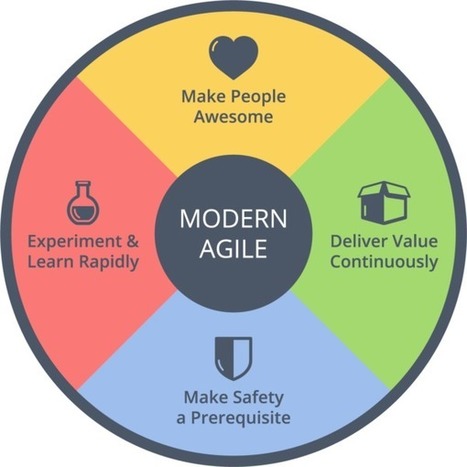

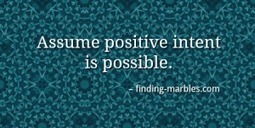
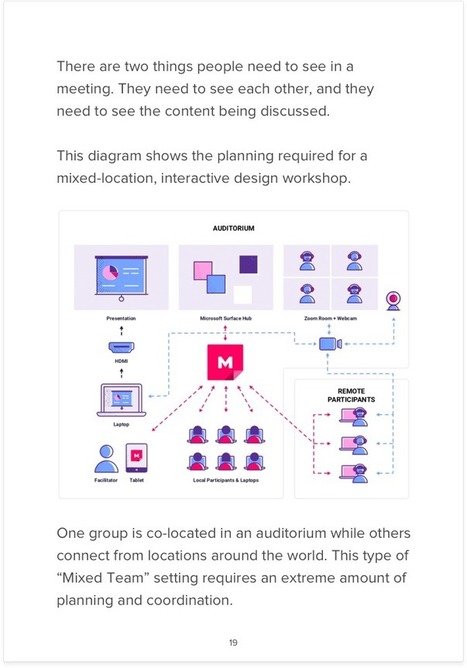



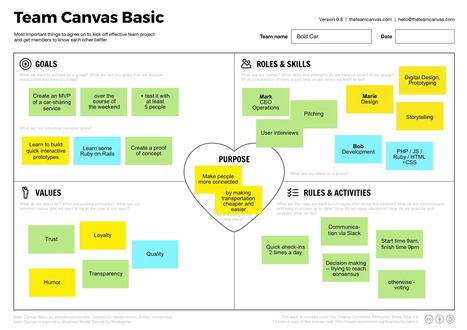
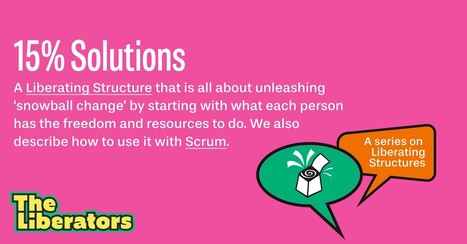

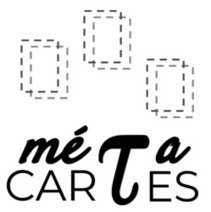
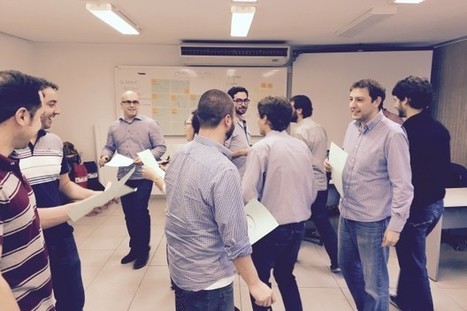

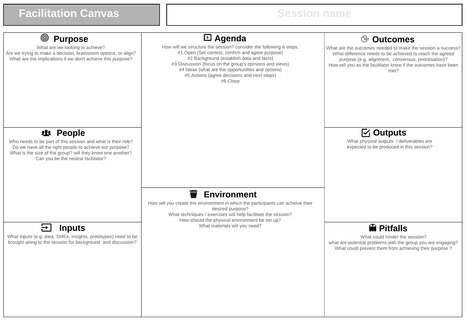
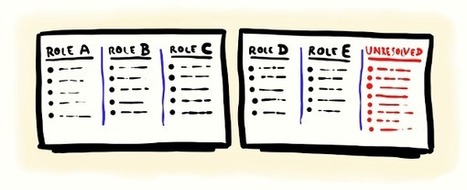
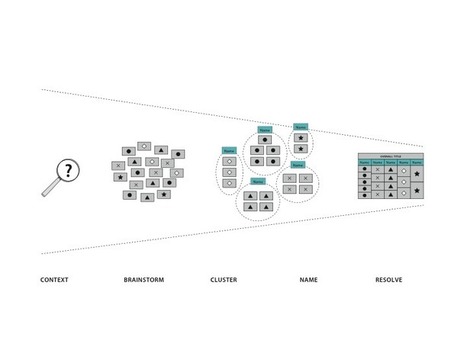

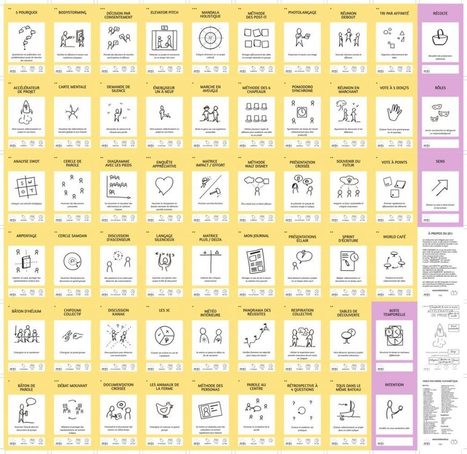






Here's how I use the cards:
1) Training:
Give each participant a set of cards. Ask them to work in pairs and to pick two principles between them. Have them discuss the principles they have chosen: What do they mean? What would they look like in their context? What practices support them? What habits inhibit them?
2) Retrospectives:
Choose one of the principles and deep dive into what it means in their context, how well they are doing in this area and what they could do to get better at following it.
3) Wallpaper:
Print them and put them on the office walls or toilet doors. Reflect while you sit down ... :-)
If you’d like your own set download the pdf here (then print double-sided with long-edge binding, cut and laminate) or here for the single-sided version.